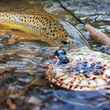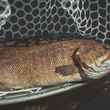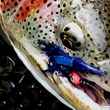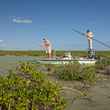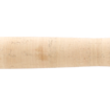The world of publishing continues to change at a bewildering rate. For the most part, whether in the world of news, periodicals or books, this is largely a result of a great deal of publishing shifting from print to digital. Websites have wiped out countless newspapers across the globe, print magazines continue to become more specialized as those that are less so are easily replaceable by digital content and eBook sales have continued to gain a share of the book market. If you're one of the stalwarts holding out for print, there's good reason to be, but there's also good reason to recognize the virtues of digital media: it is available on demand in seconds or minutes, reduces waste and is less costly for the publisher.
The last of those reasons -- the bit about it requiring less publisher overhead to produce an electronic publication -- has long been touted as a route to readers having access to more titles at cheaper prices. For some time, in the world of books the cost savings seemed to be doing little more than getting shoved into publisher pockets, but in recent years eBook prices have dropped and are expected to continue doing so, making them a value even when compared to the paperback versions of most books.



